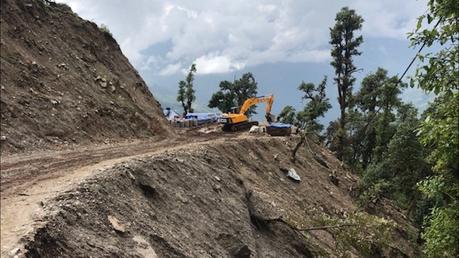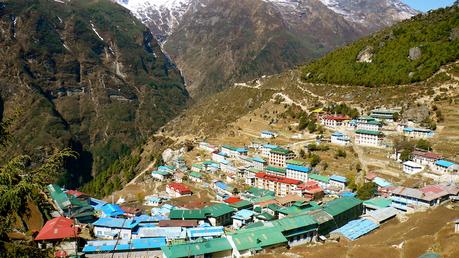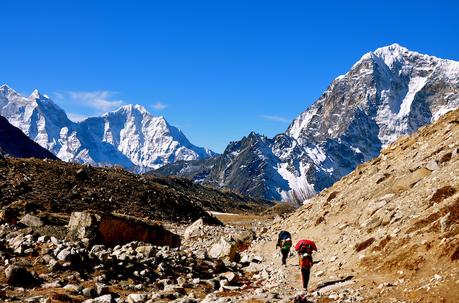When the news broke last week that Nepal was building a road to Mt. Everest, trekkers and climbers were understandably concerned. After all, the pristine alpine setting that surrounds the trek to the world's highest peak is breathtakingly beautiful and a well-trafficked road would alter that setting dramatically.
But as it turns out, this news isn't nearly as bad as you might think. In fact, the road itself should have almost no environmental impact on the Khumbu Valley, while at the same time potentially opening up new opportunities for the people living there.

The Road to Lukla
With a headline that read " Nepal building a highway to Everest," it is easy to understand why the Nepali Times stirred up some controversy. If you took just a passing glance at the article, no one could blame you for thinking that a massive road was being built all the way to Base Camp. But if you dig a little deeper, the truth behind the controversial title soon makes its way out.
The current plan is to build a road that will connect Lukla-the traditional starting point for the trek to Everest-with the rest of Nepal. In fact, as ExWeb points out, this project has been underway for the past six years, but has had a few hiccups along the way. Those include the 2015 earthquake putting a temporary halt to construction and more recently, the onset of the coronavirus. The real news here is that the Nepali government has authorized construction to begin again, even as COVID-19 continues to spread.
Once finished, the road will allow commerce to flow in and out of Lukla, which traditionally has only been reachable by aircraft. The new highway will make shipping products to the town safer and more economical, while taking some of the load off of Tenzing-Hillary Airport. That well-known landing strip is typically used to shuttle trekkers and climbers to the region, but the new road is likely to divert some traffic away instead.

A Two-Year Project
The construction project is expected to take about two additional years to complete, with a goal of wrapping up in December of 2022. And since the road itself won't actually continue beyond Lukla, the Sagarmatha National Park will remain free from anything other than foot traffic. In fact, considering where the road ends, the classic trek to Everest Base Camp should remain largely unchanged.
Change is exactly what the locals fear however. Some of the indigenous Sherpa people believe that the road will fundamentally alter the region, clashing with their traditions and culture along the way. Others say that the increased accessibility that comes with the road will bring an influx of visitors, which may be a boon for the local economy, but could be devastating to the environment.
When a similar road was built through the traditional Annapurna trekking region a few years back, it did change the nature of that hike to a degree. Long considered to be amongst the best trekking routes in the world, many felt that the motorized traffic spoiled the Annapurna experience. Even though the road and trail only cross one another a handful of times, the noise and exhaust from truck engines, coupled with the added crowds of increased travelers, have had a lasting impact.

Still a Classic Trek
Because the trail to Everest will remain almost completely untouched by the new road, it should continue to be the classic trek that adventure travelers have known and loved for decades. Other than potentially bringing more traffic to that trail, it seems unlikely that visitors will see much of a change. Since shipping products by truck is far less expensive than by plane however, it could mean additional luxuries and amenities in local tea houses throughout the Khumbu.
Nepal's approach is strikingly different from the one that the Chinese have pursued on the North Side of Everest in Tibet. Over the past few years, the ruling government there has gone to great lengths to make access to Everest quicker and easier. That includes not only building a high-altitude highway, but a hotel and a museum too. Nepal's project stops short of those ambitions, while also remaining respectful to a part of the world that the Sherpa culture reveres.
In short, the new road is going to bring some added conveniences to any journey through the Khumbu Valley, but we can all put away our pitchforks and torches for now. Everest isn't going to have a parking lot anytime soon.

